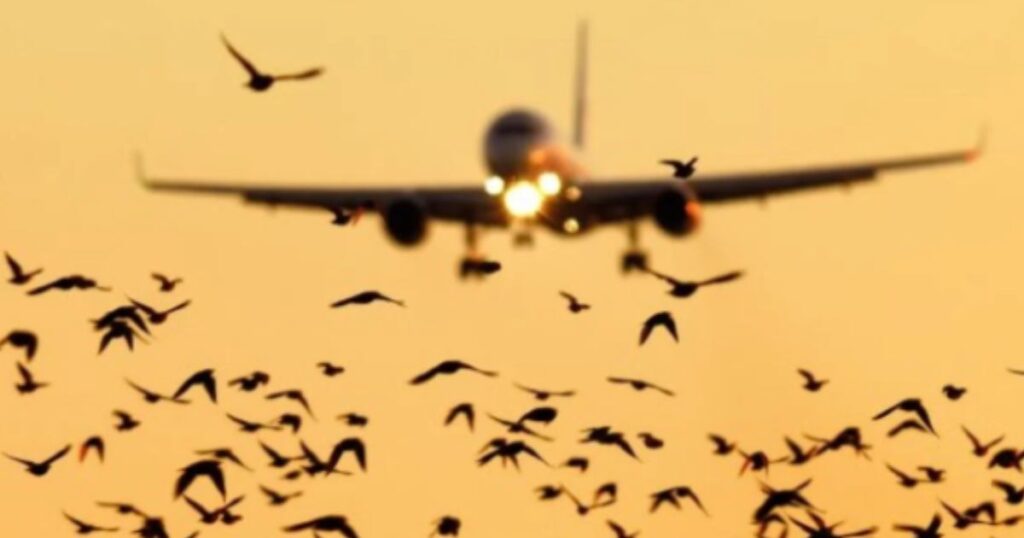BNHS Study: Migratory Birds Avoid Aircraft Flight Paths Near Navi Mumbai Airport

Navi Mumbai, 14th August 2024: A recent Bombay Natural History Society (BNHS) study reveals that migratory birds, including flamingos travelling between Thane Creek Flamingo Sanctuary and Navi Mumbai wetlands, fly at altitudes below aircraft flight paths. This addresses concerns raised by Navi Mumbai International Airport Limited (NMIAL) about bird habitats near the airport, such as NRI Colony, Training Ship Chanakya (TSC), and Delhi Public School (DPS), which are within NMIA’s Inner Horizontal Surfaces (IHS).
The BNHS report, part of the Half-Yearly Compliance Report for Environmental & CRZ Clearance related to the Greenfield Navi Mumbai International Airport (NMIA) project, shows that bird flight patterns in Thane Creek generally avoid intersecting with the approach paths of NMIA’s runways 08L and 08R. This observation is consistent with data from Runway 09-27 of the existing Mumbai airport, where the eastern approach near Thane Creek Flamingo Sanctuary does not conflict with bird flight levels.
Environmentalists are pleased with these findings and are advocating for the preservation of Navi Mumbai’s wetlands. The BNHS report notes that CIDCO/NMIA has committed to implementing recommendations to protect local biodiversity. NatConnect Foundation’s Director B N Kumar emphasized that Navi Mumbai Municipal Corporation (NMMC) has requested CIDCO to transfer the management of these wetlands to the civic body, although CIDCO has not yet responded to this request.
The BNHS study covered eleven sites, including eight wetlands (Training Ship Chanakya, NRI Complex, DPS, Kharghar Creek, Kalundre River, Sonari-Belpada, Dastan Phata Jasai, Uran) and three forested areas (Karnala Bird Sanctuary, Chinar, Mosare). It highlighted that bird movements are influenced by tidal changes and water levels in wetlands, underscoring their importance for bird conservation. Activist Rekha Sankhala noted the significance of restoring tidal water flow to DPS Flamingo Lake, where water scarcity previously led to the death of flamingos.
Additionally, the BNHS report mentions ongoing ringing studies around Mumbai, which underscore the city’s role in the Central Asian Flyway—a crucial route for wader species wintering in India.








